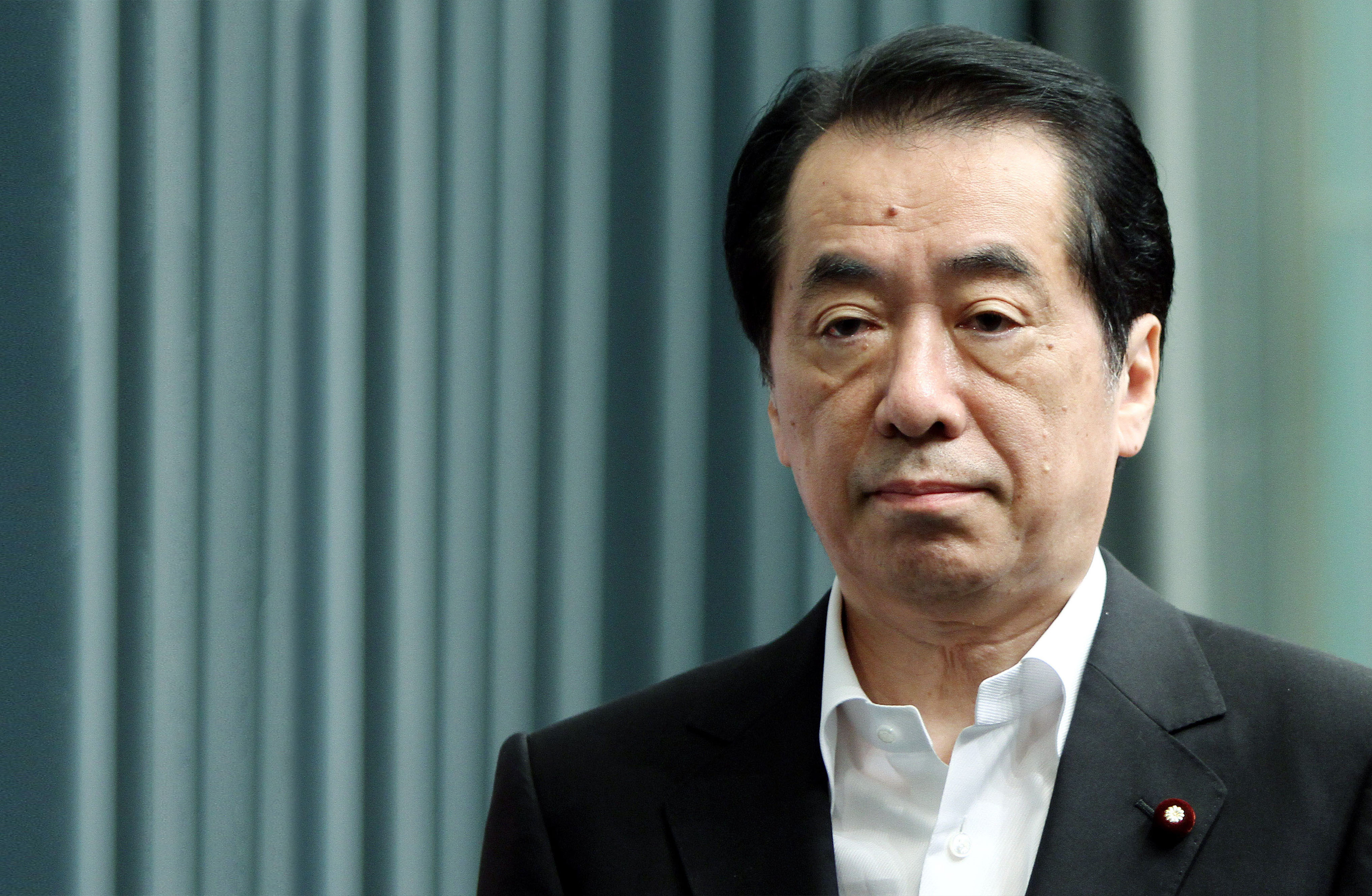Naoto Kan took his first steps in the world of politics around 40 years ago as a pugnacious citizen-activist, admonishing those with power as only those without it can. He likes to say he's the same man now, but of course there's an irony in that. After all, in the intervening years he acquired about as much power as an elected official in Japan can hope for — the prime ministership — and the timing of his tenure, coinciding with the Great East Japan Earthquake and tsunami on March 11, 2011, and the ongoing nuclear crisis that followed, will ensure he remains one of Japan's most talked about prime ministers for years to come.
Kan, who as a member of the Democratic Party of Japan (DPJ) served as prime minister between June 2010 and September 2011, was born into a well-to-do family in Honshu's far western Yamaguchi Prefecture in 1946.
Influenced by his engineer father, he studied applied physics at Tokyo Institute of Technology where, like many students of the day, he was quickly swept up in the protest movements of the late 1960s and '70s.

















With your current subscription plan you can comment on stories. However, before writing your first comment, please create a display name in the Profile section of your subscriber account page.